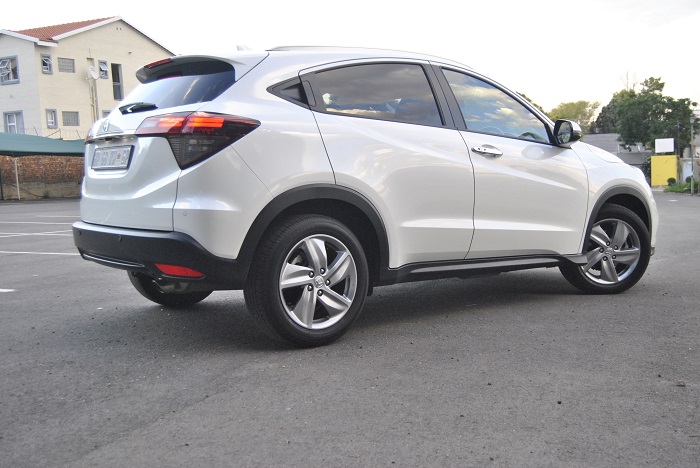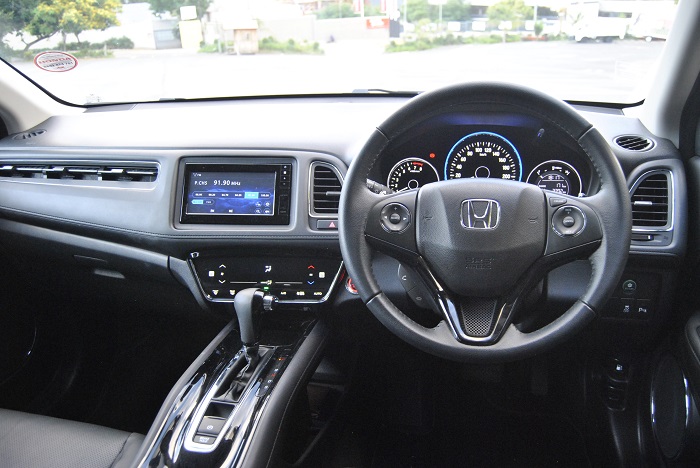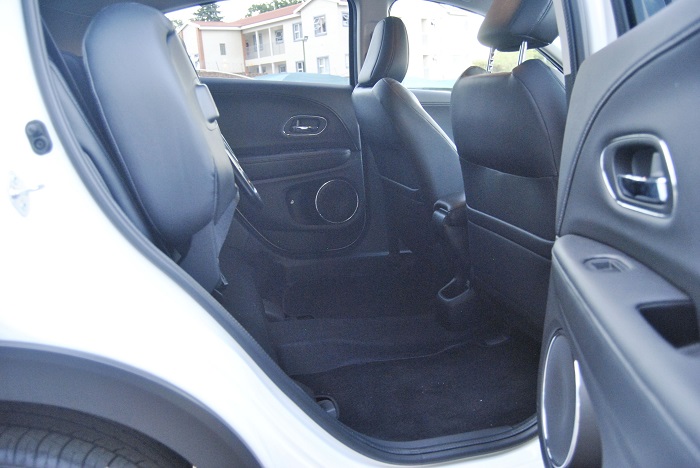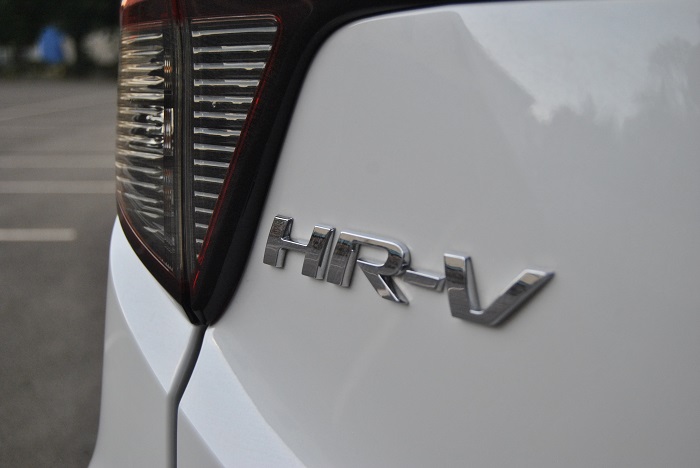Out with the cute, in with the daring
Looking very much like a shrunken version of the since discontinued Acura ZDX sold in North America, the HR-V rated as yet another model after the previous generation Civic to broke away from Honda’s traditional conservative styling, as it came across as eye-catching, premium and most importantly, an SUV styled to look like a coupe à la BMW X6.
Fast forward to 2018, the HR-V, or Vezel as it known in Japan, has undergone the tiniest of updates, to such an extent that this author had to take more than a second look when a White Orchid Pearl coloured, top-spec Elegance recently arrived for the obligatory seven-day stay.
What is new?
Externally, the HR-V’s changes consists of tweaked front and rear bumpers, Civic-inspired headlights with smart looking integrated daytime running LEDs, a new bonnet, blacked-out LED taillight clusters, new 17-inch alloy wheels, LED fog lights and a more pronounced grille bar resplendent with the Honda logo.
As small as the updates are, the HR-V still comes across as a stylish entrant into the most congested section of the booming SUV segment, yet it somehow lacks the boldness of the Toyota C-HR and fails to be as rounded-off as the classier Mazda CX-3.
Premium interior let down by the newbie
It is a similar story inside where Honda has kept the interior mostly unchanged, aside from the new 6.8-inch touchscreen infotainment system, which looks rather aftermarket and won’t please audiophiles insisting on using the relocated USB port, as only 255 media items can be played.
Aside from this, the system, which also boasts Bluetooth and an HDMI jack that has moved from underneath the centre console to the screen itself like the USB port, is locally laid and easy to use, while the cabin itself feels upmarket with a modern, minimalist look, backed-up by soft touch plastics, a classy combination of leather, faux aluminium insets and piano key black finishes, as well as the futuristic climate control panel with its touch-sensitive icons.
Space maxed
Continuing to count in the HR-V’s favour is space utilisation and practicality, the former being impressive rear passengers head-and-legroom despite the sloping roof, and the latter a boot that can swallow 393-litres or up to 1 002-litres with the rear seats folded down, as well as the Jazz patent flip-up Magic Rear Seats for taller items.
Drivetrain warrants for more
The recent recipient of the same 1.5-litre turbocharged engine used in the Civic and CR-V, Honda South Africa has however stuck with the same normally aspirated motors as before, which in the Elegance means a 1.8-litre mill that sends its 105kW/172Nm to the front wheels via a CVT.
It is a setup that comes with predictable results in that the four-pot’s willingness to deliver is undone by the ‘box that is typical CVT smooth when going about at a leisurely pace, but then starts droning when you mash the accelerator into the carpet, in addition to becoming rather erratic and continuously changing its mind when least expected.
A Sport mode with paddle shifters is available, but while the changes are faster, the so-called elastic band feel associated with a CVT becomes more prevalent, as does the increasing soundtrack of a strained engine. The combination is therefore not the most ideal, especially as the best recorded fuel consumption after the seven-day testing period came to 7.5-litres/100km in mixed driving conditions and with prolonged use of the air-conditioning, some way off of Honda’s claimed 6.8-litres/100km.
Verdict
For all its honest virtues, capped off by a superbly comfortable ride and decent steering feel, the Honda HR-V still feels undone in the drivetrain department and not quite up to the expectations its striking exterior portrays.
At R419 900, the Elegance is also expensive and lacking in spec compared to some of its rivals. While promising much and indeed delivering on some, the HR-V ultimately lacks the final polish needed to stick its head above the compact SUV parapet.




















